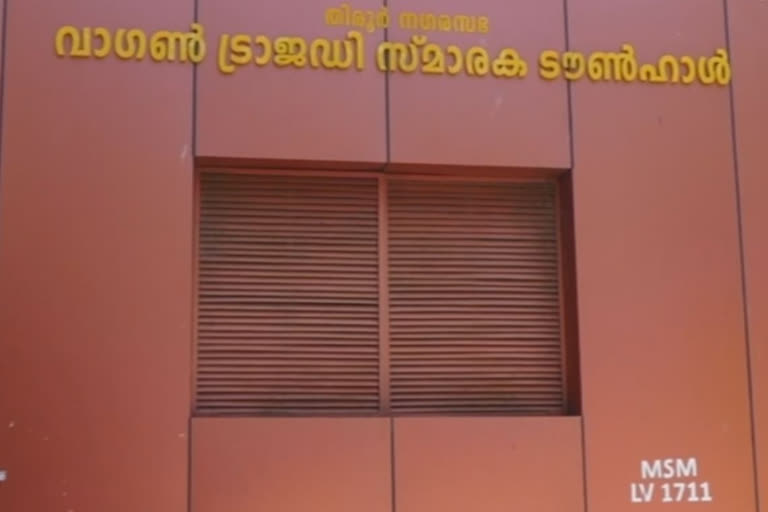Malappuram (Kerala): During the Indian Independence struggle, the Malabar rebellion started as a protest against the British and the landlords by Mappila Muslims of Northern Kerala. Mahatma Gandhi and the national leaders supported the struggle initially merging it to the Non-cooperation Movement. It snowballed into a bloody one, with a heavy communal overtone.
For the British - it was not easy - to crush this rebellion but they did manage to crush it by the end of 1921. But an incident that occurred when the rebels caught by the British were transported to prison left a scar too deep to heal. Came to be known as Wagon Tragedy, this year marks the 100th year of unmatched brutality the Indian rebels suffered under British rule.
At the fag end of the Malabar rebellion, more than 100 rebels were detained by the British and were charged with demolishing the Pulamanthol bridge on the Malappuram-Palakkad district border. On Nov. 20, 1921, these rebels were loaded in the wagon from Tirur railway station in Malappuram district and were to be transported to the Central Prison in Bellary district of Karnataka.
The rebels were tightly packed inside the wagon. In the words of Connolly Ahmed Haji, a survivor of the tragedy whose memoir was published as 'Wagon Tragedy' in 1981, the British Army packed the prisoners like stuffing cotton inside a pillow. Many prisoners void of space stood on one leg. After stuffing the prisoners into the wagon, the army personnel closed the doors. Within minutes after the journey started, the wagon has become like a gas chamber.
Ahmad Haji recalled in his memoir what followed next. The prisoners started screaming without breath in the wagon which did not pass light or air. They suffered from severe thirst and started collapsing. Some of them defecated even without their knowledge. Unable to stand the thirst, prisoners licked their sweat and tried to drink urine without much success.
Read: Jallianwala Bagh Massacre, a turning point in Indian Freedom Movement
Gasping for air, the prisoners started beating and biting each other. In death throes, some prisoners found a hole from the loosened nail and took turns to suck air to their lungs. Haji soon collapsed and when he regained consciousness, he saw a wagon full of bodies drenched in urine, vomit, blood and stool.
The train which started from Tirur stopped at Shoranur and Olavakkode in Palakkad district. In spite of prisoners screaming for their lives, the British army refused to open the wagon doors. Just as the screams of prisoners echoed in all the passing stations, the train was finally stopped at Pothanur junction in Tamil Nadu. When the wagon doors were finally opened, 64 prisoners were dead of asphyxiation while many more were found battling for their lives. Ahmad Haji was one among them.
"Someone poured cold water into the wagon and my body shivered. Only then I was found to be alive and taken to the hospital at Coimbatore", he had mentioned in his memoir.
Historians describe the Wagon Tragedy as one of the worst massacres like the Jallianwala Bagh. The survivors were shifted to the prison after treatment at a hospital in Coimbatore. Railway officials were directed to return the wagon full of dead bodies from Pothanur to Tirur.
Hundred years later, the remnants of the brutal massacre still haunt Tirur. The bodies of 44 people returned in the wagon from Pothanur were buried at Tirur Korangath Juma Masjid and 11 at Kot Juma Masjid. Tirur still remembers the stories heard from Thumberi Alikutty, who led the burial that day.
The Tirur Municipal Town Hall has been constructed in the shape of a wagon to commemorate the massacre. Libraries and school buildings of this town have also been designed in wagon's shape in memory of the Wagon Tragedy.
Read: How fiery Jharkhand Tribals forced the British Army to drop their weapons



